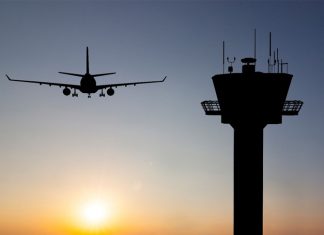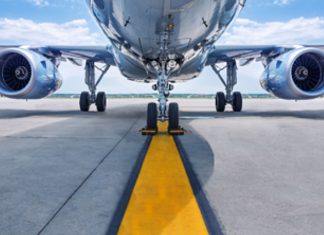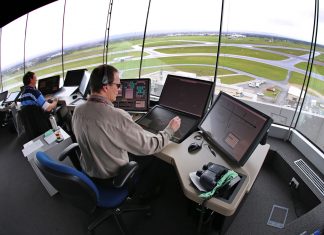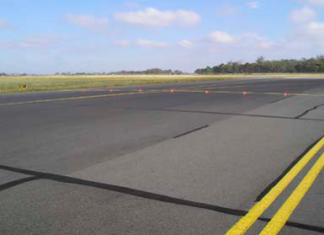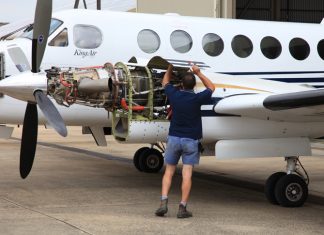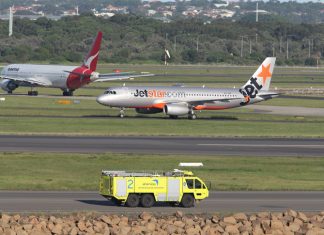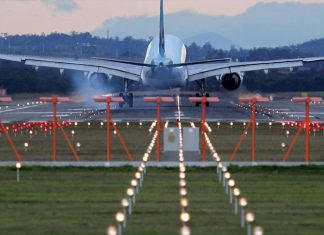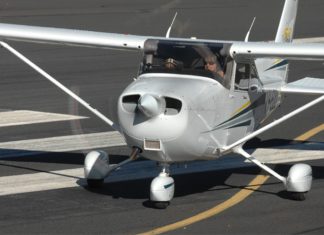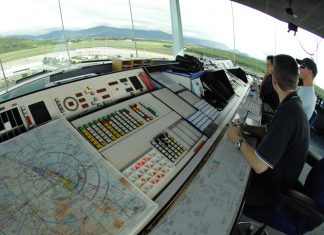Operating at Metro Ds
The principles of operating within Class D airspace are the same at both Metropolitan Class D (Metro D) and Regional Class D aerodromes. Pilots must establish two-way communications with the tower and receive clearance...
ATC notes—Understanding airspace infringements
As traffic in Australian airspace increases and more operators are sharing the airspace with drone pilots, our airspace boundaries become increasingly important. Airservices, CASA and Defence are working together to increase awareness of the...
Airservices—Runway safety
Runway safety has been identified as one of the most significant risks to safe aviation operations and a key global safety priority. This is also a common area of concern across the Australian aviation...
Airservices—What is a CIRRIS Report?
‘CIRRIS’ stands for Corporate Integrated Reporting and Risk Information System and is the system Airservices uses to capture safety, environment and risk management information. CIRRIS is comprised of several modules, one of which is...
Airservices—Is it OK to EXPECT?
The old adage, ‘never assume anything in Air Traffic Control’ is as relevant today as it was 40 years ago.
Controllers do base operational decisions on an expectation that a pilot will comply with control...
ATC notes: Safety alerts and avoiding action advice
ATC use the terms ‘SAFETY ALERT’, ‘AVOIDING ACTION’ and ‘IMMEDIATE’ either on their own or in conjunction, to notify pilots of information that is of a time-sensitive and safety-critical nature.
It is important that pilots...
Runway safety and stop bars—contributing to enhanced safety
A number of Australian major airports have installed stop bars at their runways, as a measure to prevent a runway incursion. Stop bars are a series of unidirectional red lights embedded in the pavement...
Airservices—The barriers in place
On a cloudy night last August, a twin turboprop aircraft departed for Bankstown having first read all relevant weather briefings and NOTAMs. All was going as per the flight plan, and at the correct...
The importance of correct radio calls and readbacks
One of the most common errors made by pilots relates to incorrect radio calls and readbacks. Most standard radio transmissions and readbacks are in a format that enables both the pilot and the air...
Airservices—assisting you in the cockpit
Most pilots would be familiar with the day-to-day services of air traffic control (ATC) which manages approximately four million aircraft movements each year across 29 controlled airports in Australia. However, Airservices also assisted pilots...
ATC notes: Don’t get caught and overstep the mark!
An Airspace Infringement (AI) is the unauthorised entry of an aircraft into airspace that requires a clearance to enter. This may be due to the airspace being restricted or closed to facilitate special flying...
ATC notes: Local runway safety teams—how important are they?
It is well documented that runway safety is one of the most significant risks to safe aviation operations. One of the ways to reduce this risk, is the establishment of local runway safety teams...
Clearance to cross an active runway?
Many general aviation (GA) pilots fly and operate out of metropolitan D aerodromes, where an air traffic control tower is in place. These aerodromes are often extremely busy with high traffic levels, have a...
All right on the night
As aviation professionals, we all have the obligation to speak up and question when something doesn’t seem right, or not what you expect. NOTAMs are issued frequently, which can easily cause confusion for both...
The fallibility of the expert
In aviation, we are trained to become experts—be it a pilot or an air traffic controller. By definition, experts have the ability to recognise highly complex patterns of cues, which they have developed over...


